Black Friday through Cyber Monday: Take $5 Off Each Item in your Cart.
Enter FIVEOFF at Checkout.
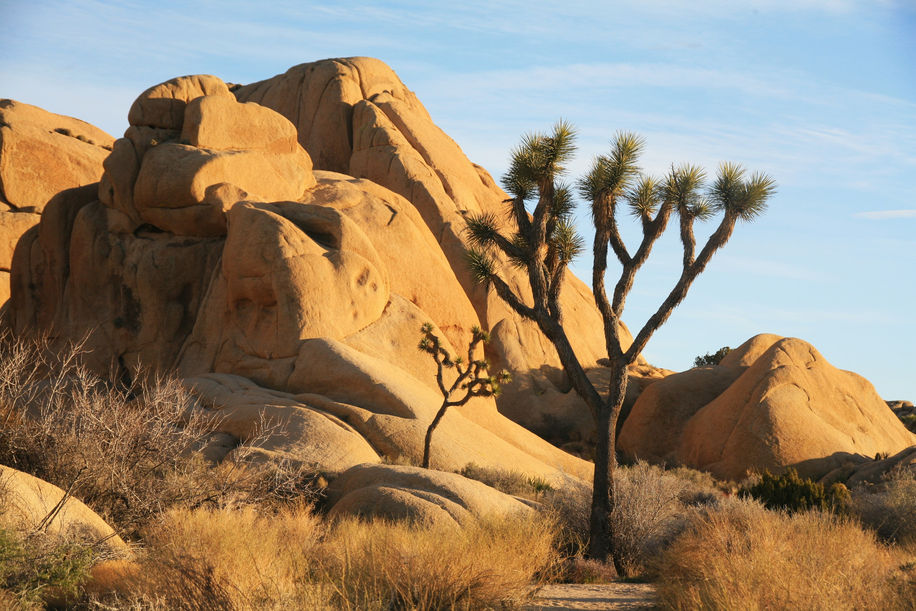
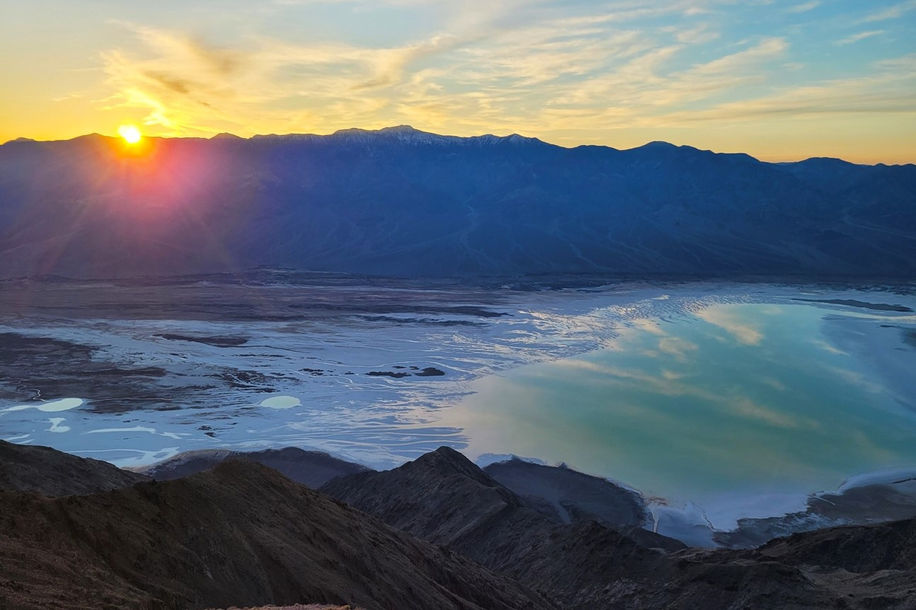


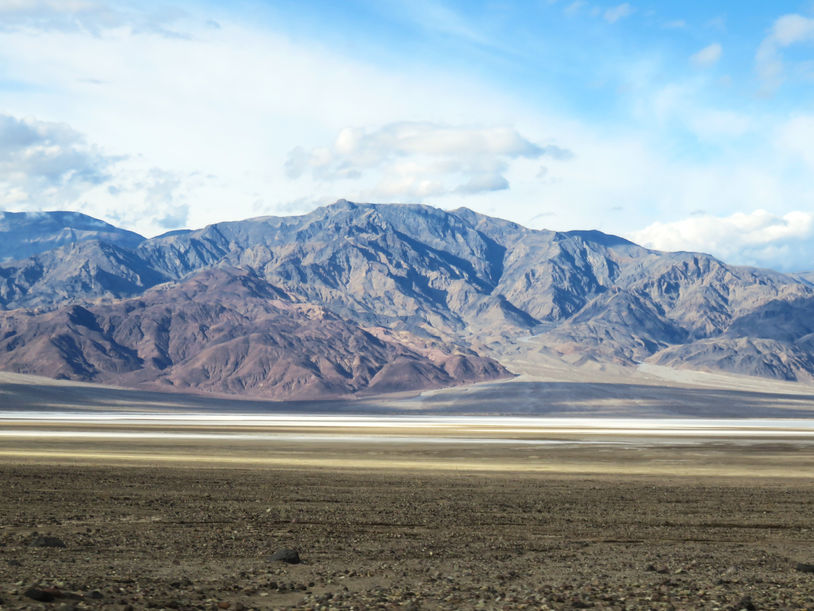


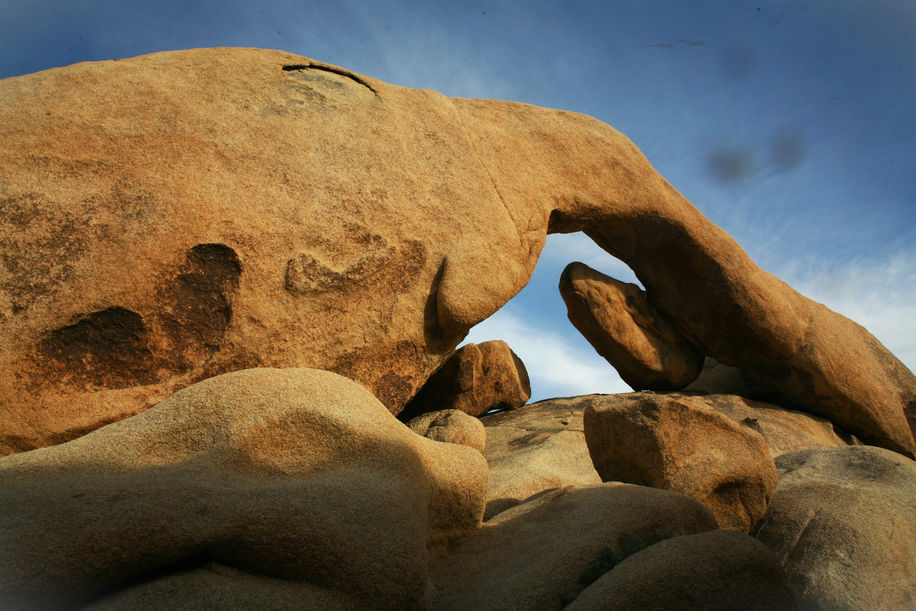

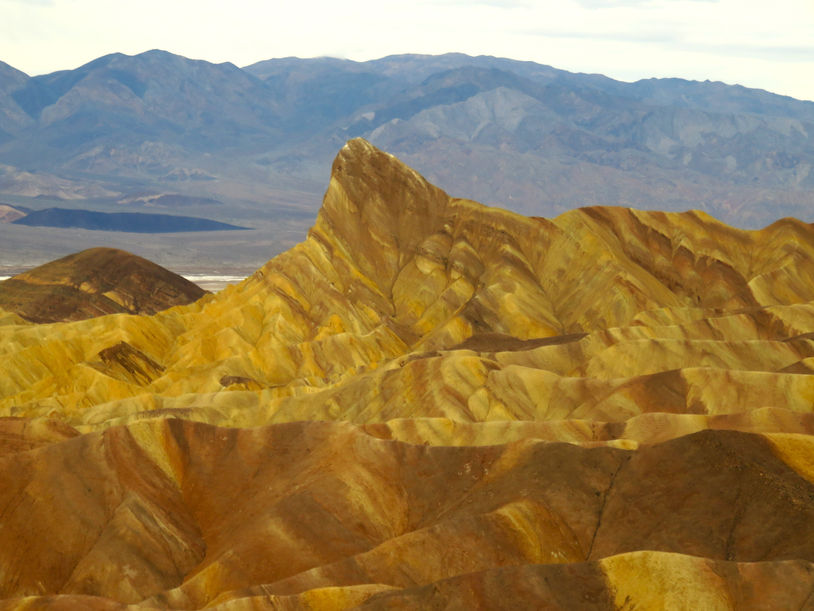
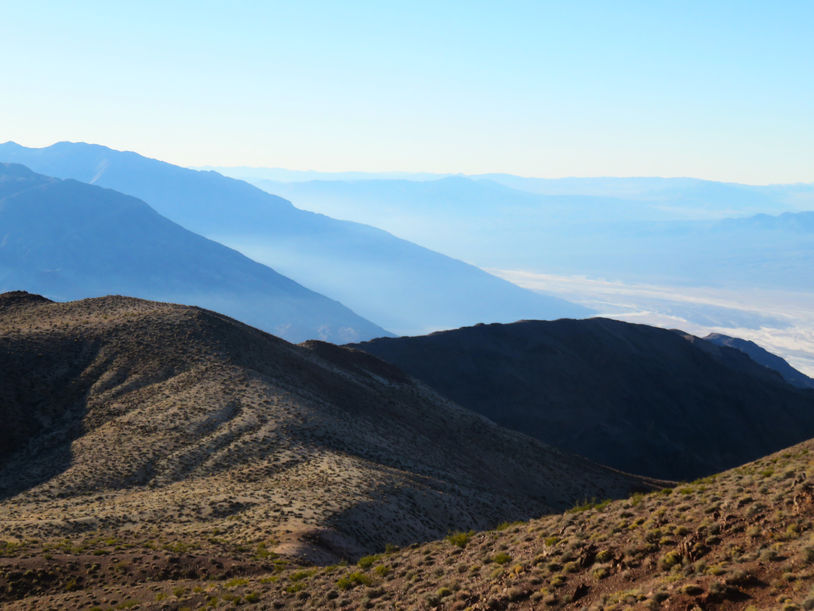


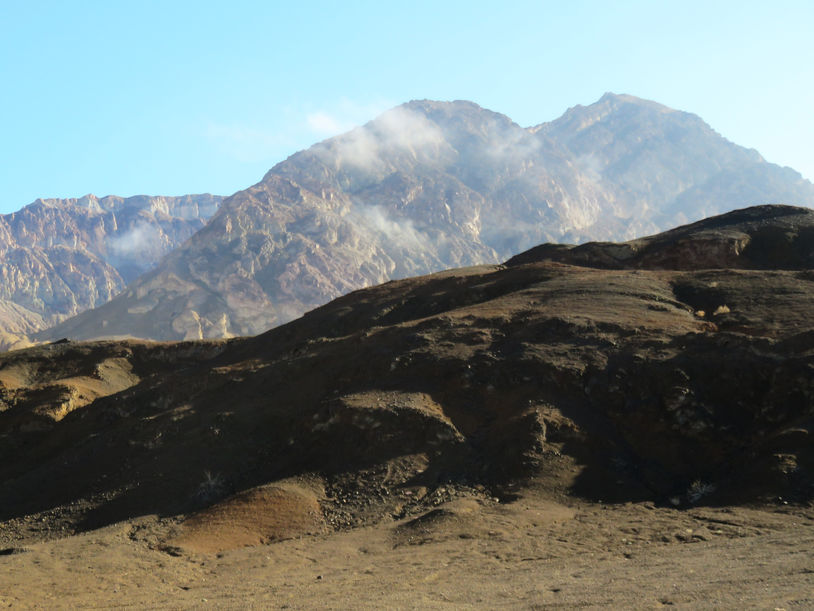
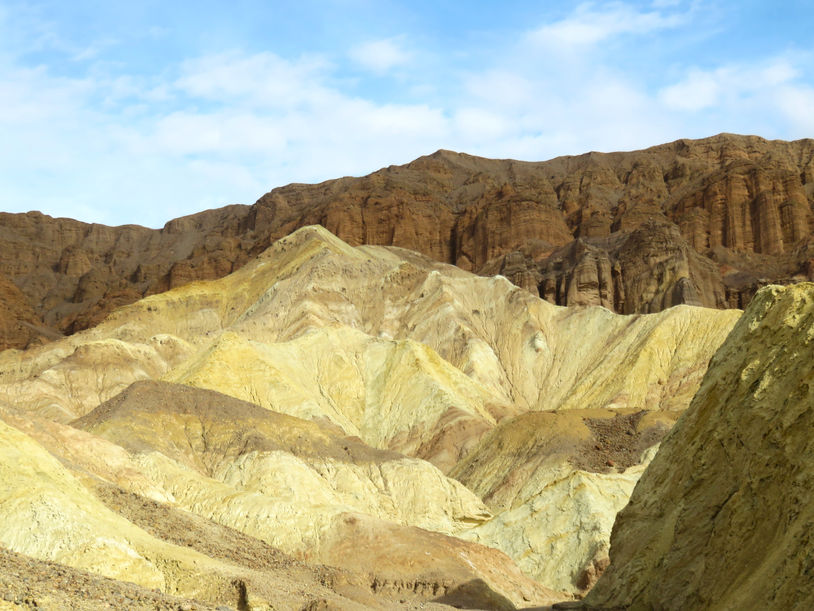


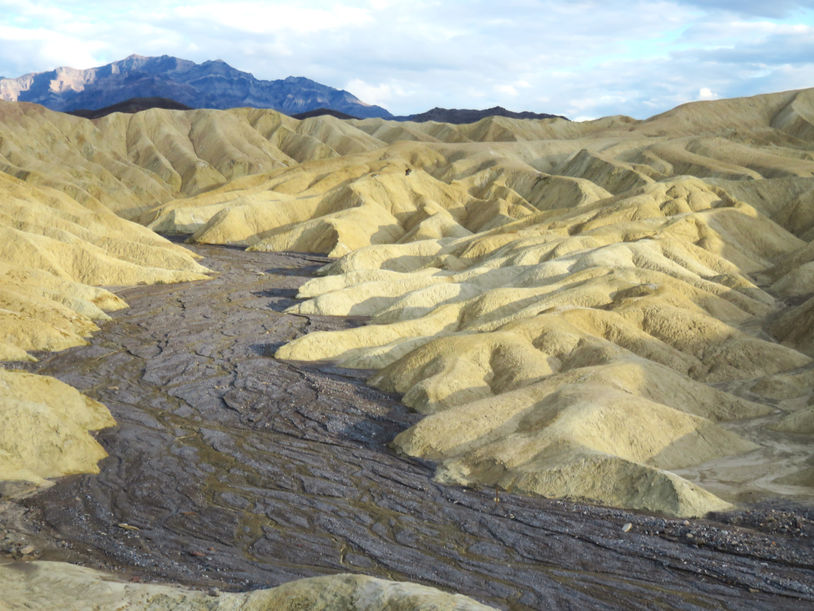


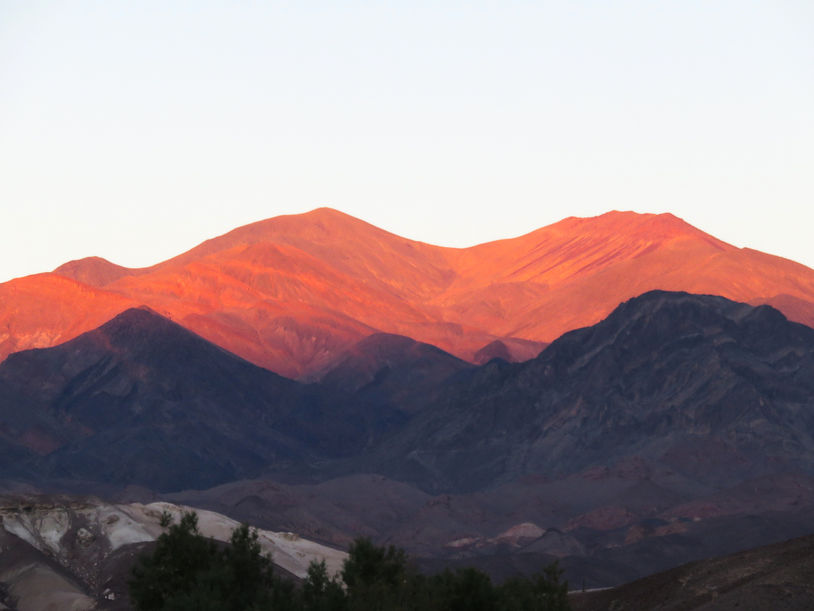




Joshua Tree & Death Valley National Park
Death Valley: Est: 1994 Acres: 3,422,024 2023 Visitation: 1,620,294 Visitation Rank: 8/63
Joshua Tree: Est: 1994 Acres: 794,000 2023 Visitation: 3,270,404 Visitation Rank: 9/63
The desert parks of southern California are the perfect answer to a winter or spring (or fall) trip. If there’s one park that will exceed every preconceived expectation, it’s Death Valley. Its otherworldly landscape of mountains, canyons, volcanic craters, sand dunes and salt pans is home to the hottest, driest and lowest points in North America. And that sky—those sunrises, sunsets and starry nights will stay with you long after the trip is done. Joshua Tree is where the drier, lower elevation Colorado/Sonoran Desert in the east meets the more lush, higher elevation Mohave Desert in the west—and the transition is striking. The giant yucca trees give the park its name.
The nine day itinerary begins in Death Valley, where you’ll explore the salt basin, volcanic craters and sand dunes, and go on hikes up mountain summits and through slot canyons, with action adventure rock scrambles around every bend. The best sunrise and sunset spots are noted for each day. In Joshua Tree, you’ll explore cactus gardens and rock formations on shorter hikes, and enjoy panoramic sunset views each evening. [Death Valley 5 days, Joshua Tree 2 days, Travel 2 days]
Travel tips include airport, lodging and camping information, as well as links to current conditions and travel alerts. The “Short on Time? Don’t Miss” section identifies the three days that are highlights. Trip extensions listed include additional hikes in both parks, as well as some neat places to explore by 4WD.
New: Looking for a shorter introductory overview itinerary? A new 3 day in-park itinerary is now also included in this Guide.
"Looking at back at this guide, I am reminded what a wealth of incredible information you are for traveling national parks!!!! These guides are beautiful and were invaluable on our Grand Canyon trip…. We would have totally missed one of our favorite parts of the trip… boating on Lake Powell, just magical! Thank you!"
Barbara, Knoxville TN
"Todd has an unrivalled passion for our National Park System. His Olympic Guide offers a granular level of detail that allows you to know exactly what to expect when
you are hiking by yourself or with your family. You could spend hours and hours researching your own trip, or you could just follow in his footsteps and never be disappointed."
Jon, New York City
"Acadia was very user friendly with plenty of places to stay and to eat. We loved the water days that Todd mixed in so we could rest our legs between hikes. There were lots of beautiful family moments scrambling on rocks and putting our toes in the ocean. Also, I was pleasantly surprised by how beautiful Baxter State Park was. What a little gem of a park!"
Carrie, Pagosa Springs CO
"Although I've spent heaps of time in Yosemite, I still found plenty of helpful tips and hidden gems in this guide. The detailed trail maps and accompanying summaries are particularly useful. It's nice to know the trail distances and elevation changes before you head out!"
Lawrence, Austin TX
"Thanks VERY much for your guides. They were very helpful. Both Bryce and Zion were spectacular. In Zion we did just about every easy hike you suggested. Bryce was spectacular, and we saw almost every lookout on your list. We couldn't hike there due to time constraints. But, we always knew that two days wasn't enough for both parks and will plan to return another time."
Alex, San Diego CA
“I always get nervous planning trips, but this guide helped me feel more confident. I was able to find all the easy hikes which were perfect for my young kids. I knew the kids could handle the elevation gains that Todd spelled out on his topo maps. That was so helpful! Sometimes easy or moderate mean different things to different people, and this guide made it crystal clear. Todd’s maps are written out in precise detail, which took my stress level down considerably!”
Heidi, Smyrna GA
"Absolutely amazing insight to Yellowstone from someone who clearly loves the outdoors. Step by step planning details for trip preparation, organizing dates, drive times, 'what to bring' and fun activity lists! Very insightful on customizing your trip whether it’s a few days or an extended trip. Todd specifies the do’s and don'ts and precautions to take. Hikes are broken down in detail with maps in this handy printable guide!"
Ranjit, Austin TX
"The hikes and sites in Todd's guide made for a very memorable week. There is so much to do in the Great Smoky Mountains... it's a bit overwhelming to try and sort through it yourself, so very nice to find that someone has already done it for you! We saw some amazing spots and took some photos we'll cherish. The day on Douglas Lake was amazing as was the bike ride around Cades Cove. I highly recommend!!"
Chuck, Pigeon Forge TN
"Looking at back at this guide, I am reminded what a wealth of incredible information you are for traveling national parks!!!! These guides are beautiful and were invaluable on our Grand Canyon trip…. We would have totally missed one of our favorite parts of the trip… boating on Lake Powell, just magical! Thank you!"
Barbara, Knoxville TN
"Todd has an unrivalled passion for our National Park System. His Olympic Guide offers a granular level of detail that allows you to know exactly what to expect when
you are hiking by yourself or with your family. You could spend hours and hours researching your own trip, or you could just follow in his footsteps and never be disappointed."
Jon, New York City
"Acadia was very user friendly with plenty of places to stay and to eat. We loved the water days that Todd mixed in so we could rest our legs between hikes. There were lots of beautiful family moments scrambling on rocks and putting our toes in the ocean. Also, I was pleasantly surprised by how beautiful Baxter State Park was. What a little gem of a park!"
Carrie, Pagosa Springs CO
"Although I've spent heaps of time in Yosemite, I still found plenty of helpful tips and hidden gems in this guide. The detailed trail maps and accompanying summaries are particularly useful. It's nice to know the trail distances and elevation changes before you head out!"
Lawrence, Austin TX
"Thanks VERY much for your guides. They were very helpful. Both Bryce and Zion were spectacular. In Zion we did just about every easy hike you suggested. Bryce was spectacular, and we saw almost every lookout on your list. We couldn't hike there due to time constraints. But, we always knew that two days wasn't enough for both parks and will plan to return another time."
Alex, San Diego CA
“I always get nervous planning trips, but this guide helped me feel more confident. I was able to find all the easy hikes which were perfect for my young kids. I knew the kids could handle the elevation gains that Todd spelled out on his topo maps. That was so helpful! Sometimes easy or moderate mean different things to different people, and this guide made it crystal clear. Todd’s maps are written out in precise detail, which took my stress level down considerably!”
Heidi, Smyrna GA
"Absolutely amazing insight to Yellowstone from someone who clearly loves the outdoors. Step by step planning details for trip preparation, organizing dates, drive times, 'what to bring' and fun activity lists! Very insightful on customizing your trip whether it’s a few days or an extended trip. Todd specifies the do’s and don'ts and precautions to take. Hikes are broken down in detail with maps in this handy printable guide!"
Ranjit, Austin TX
"The hikes and sites in Todd's guide made for a very memorable week. There is so much to do in the Great Smoky Mountains... it's a bit overwhelming to try and sort through it yourself, so very nice to find that someone has already done it for you! We saw some amazing spots and took some photos we'll cherish. The day on Douglas Lake was amazing as was the bike ride around Cades Cove. I highly recommend!!"
Chuck, Pigeon Forge TN
"Looking at back at this guide, I am reminded what a wealth of incredible information you are for traveling national parks!!!! These guides are beautiful and were invaluable on our Grand Canyon trip…. We would have totally missed one of our favorite parts of the trip… boating on Lake Powell, just magical! Thank you!"
Barbara, Knoxville TN
"Todd has an unrivalled passion for our National Park System. His Olympic Guide offers a granular level of detail that allows you to know exactly what to expect when
you are hiking by yourself or with your family. You could spend hours and hours researching your own trip, or you could just follow in his footsteps and never be disappointed."
Jon, New York City
"Acadia was very user friendly with plenty of places to stay and to eat. We loved the water days that Todd mixed in so we could rest our legs between hikes. There were lots of beautiful family moments scrambling on rocks and putting our toes in the ocean. Also, I was pleasantly surprised by how beautiful Baxter State Park was. What a little gem of a park!"
Carrie, Pagosa Springs CO
"Although I've spent heaps of time in Yosemite, I still found plenty of helpful tips and hidden gems in this guide. The detailed trail maps and accompanying summaries are particularly useful. It's nice to know the trail distances and elevation changes before you head out!"
Lawrence, Austin TX
"Thanks VERY much for your guides. They were very helpful. Both Bryce and Zion were spectacular. In Zion we did just about every easy hike you suggested. Bryce was spectacular, and we saw almost every lookout on your list. We couldn't hike there due to time constraints. But, we always knew that two days wasn't enough for both parks and will plan to return another time."
Alex, San Diego CA
“I always get nervous planning trips, but this guide helped me feel more confident. I was able to find all the easy hikes which were perfect for my young kids. I knew the kids could handle the elevation gains that Todd spelled out on his topo maps. That was so helpful! Sometimes easy or moderate mean different things to different people, and this guide made it crystal clear. Todd’s maps are written out in precise detail, which took my stress level down considerably!”
Heidi, Smyrna GA
"Absolutely amazing insight to Yellowstone from someone who clearly loves the outdoors. Step by step planning details for trip preparation, organizing dates, drive times, 'what to bring' and fun activity lists! Very insightful on customizing your trip whether it’s a few days or an extended trip. Todd specifies the do’s and don'ts and precautions to take. Hikes are broken down in detail with maps in this handy printable guide!"
Ranjit, Austin TX
"The hikes and sites in Todd's guide made for a very memorable week. There is so much to do in the Great Smoky Mountains... it's a bit overwhelming to try and sort through it yourself, so very nice to find that someone has already done it for you! We saw some amazing spots and took some photos we'll cherish. The day on Douglas Lake was amazing as was the bike ride around Cades Cove. I highly recommend!!"
Chuck, Pigeon Forge TN
"Looking at back at this guide, I am reminded what a wealth of incredible information you are for traveling national parks!!!! These guides are beautiful and were invaluable on our Grand Canyon trip…. We would have totally missed one of our favorite parts of the trip… boating on Lake Powell, just magical! Thank you!"
Barbara, Knoxville TN
"Todd has an unrivalled passion for our National Park System. His Olympic Guide offers a granular level of detail that allows you to know exactly what to expect when
you are hiking by yourself or with your family. You could spend hours and hours researching your own trip, or you could just follow in his footsteps and never be disappointed."
Jon, New York City
"Acadia was very user friendly with plenty of places to stay and to eat. We loved the water days that Todd mixed in so we could rest our legs between hikes. There were lots of beautiful family moments scrambling on rocks and putting our toes in the ocean. Also, I was pleasantly surprised by how beautiful Baxter State Park was. What a little gem of a park!"
Carrie, Pagosa Springs CO
"Although I've spent heaps of time in Yosemite, I still found plenty of helpful tips and hidden gems in this guide. The detailed trail maps and accompanying summaries are particularly useful. It's nice to know the trail distances and elevation changes before you head out!"
Lawrence, Austin TX
"Thanks VERY much for your guides. They were very helpful. Both Bryce and Zion were spectacular. In Zion we did just about every easy hike you suggested. Bryce was spectacular, and we saw almost every lookout on your list. We couldn't hike there due to time constraints. But, we always knew that two days wasn't enough for both parks and will plan to return another time."
Alex, San Diego CA
“I always get nervous planning trips, but this guide helped me feel more confident. I was able to find all the easy hikes which were perfect for my young kids. I knew the kids could handle the elevation gains that Todd spelled out on his topo maps. That was so helpful! Sometimes easy or moderate mean different things to different people, and this guide made it crystal clear. Todd’s maps are written out in precise detail, which took my stress level down considerably!”
Heidi, Smyrna GA
"Absolutely amazing insight to Yellowstone from someone who clearly loves the outdoors. Step by step planning details for trip preparation, organizing dates, drive times, 'what to bring' and fun activity lists! Very insightful on customizing your trip whether it’s a few days or an extended trip. Todd specifies the do’s and don'ts and precautions to take. Hikes are broken down in detail with maps in this handy printable guide!"
Ranjit, Austin TX
"The hikes and sites in Todd's guide made for a very memorable week. There is so much to do in the Great Smoky Mountains... it's a bit overwhelming to try and sort through it yourself, so very nice to find that someone has already done it for you! We saw some amazing spots and took some photos we'll cherish. The day on Douglas Lake was amazing as was the bike ride around Cades Cove. I highly recommend!!"
Chuck, Pigeon Forge TN
See what travelers are saying...